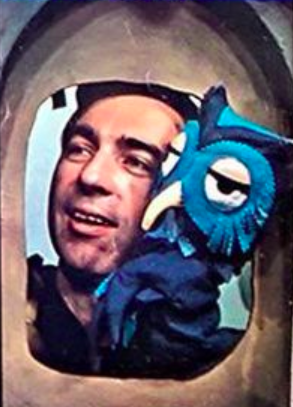The recent debut of the biography and documentary, Won’t You Be My Neighbor prompted journalist Anya Kamenetz to ask, “How the Science of Learning is Catching up to Mr. Rogers”. Taking a bit of a different spin, in this blog we explore how the science of behavior is catching up to Mr. Rogers.
Each episode of Mister Rogers’ Neighborhood focused on a theme. The theme of each show was often something that had recently been in the news, something that was controversial, and something that was often a little bit scary or confusing. The topics that Mr. Rogers focused on were those that adults would often avoid talking about with children and he provided a context in which talking about those topics would be reinforced (a bit like a discriminative stimulus).

Mr. Rogers began each episode inviting us to be his neighbor, telling each of us that we were unique and special. His invitation put us all on the same team or made us members of the same verbal community (see Skinner, 1957). As part of this team, it meant that if we were going to solve the problem we had to work together; each of our individual contributions was important and valuable and it would be necessary to get to the solution (obtain the reinforcer; see also Glenn et al., 2016 for a discussion of interlocking behavioral contingencies and the associated aggregate product that is produced).
Then, Mr. Rogers would take us to play in the Neighborhood of Make Believe where each of the characters in the neighborhood shared a different perspective on a problem related to the theme that needed to be solved. The Neighborhood of Make Believe and the corresponding story lines share some of the features of Naturalistic Developmental Behavioral Interventions (cf. Schreibman et al., 2015), which is quite probable given that both were influenced by developmental psychology.

The show provided examples of the problem solving process – showing multiple exemplars of the roles of both the Problem Solver and the Active Listener (e.g., Kieta, Cihon, & Abdel-Jalil, 2018; Robbins, 2014; Whimbey, Lochhead, & Narode, 2013).
Finally, Mr. Rogers would close each episode discussing the feelings and emotions that might have been part of the contingencies generated when watching his show (see Hayes & Fryling, 2017 and Layng, 2017 for recent papers regarding a behavioral treatment of feelings and emotions), reminding us of our goals, and foreshadowing what we had to look forward to in the next episode.
Mr. Rogers didn’t study behavior analysis. He studied music composition, theology, and child development. Yet Mr. Rogers knew something about how behavior works because we watched, and people are still watching; Won’t You Be My Neighbor is this year’s highest grossing non-fiction title.
Something made many of us want to be Mr. Rogers’ neighbor. Perhaps Mr. Rogers can serve as a reminder that working together is the best way to solve some of the most challenging problems plaguing the education system today.
Image credits:
- Cover image provided courtesy of KUHT under CC0 1.0
- Image provided courtesy of Robert Lerner under CC0 1.0
- Image provided courtesy of Walt Seng under the Public Domain
